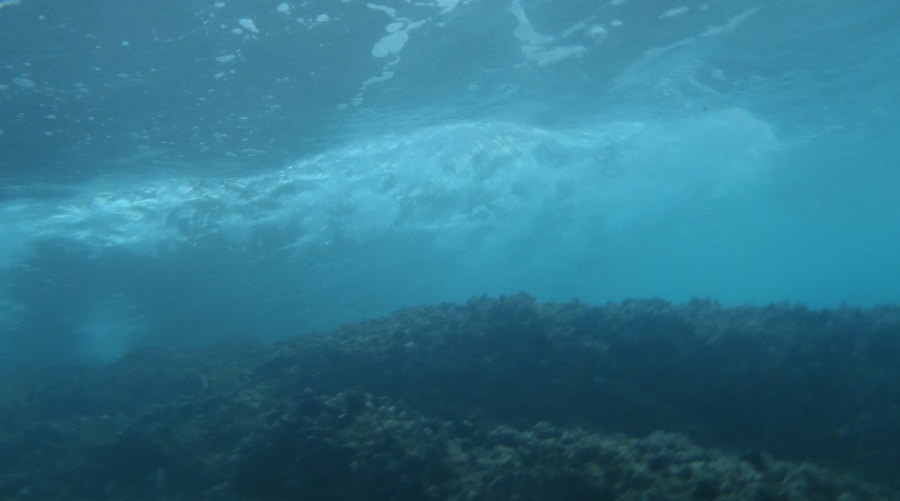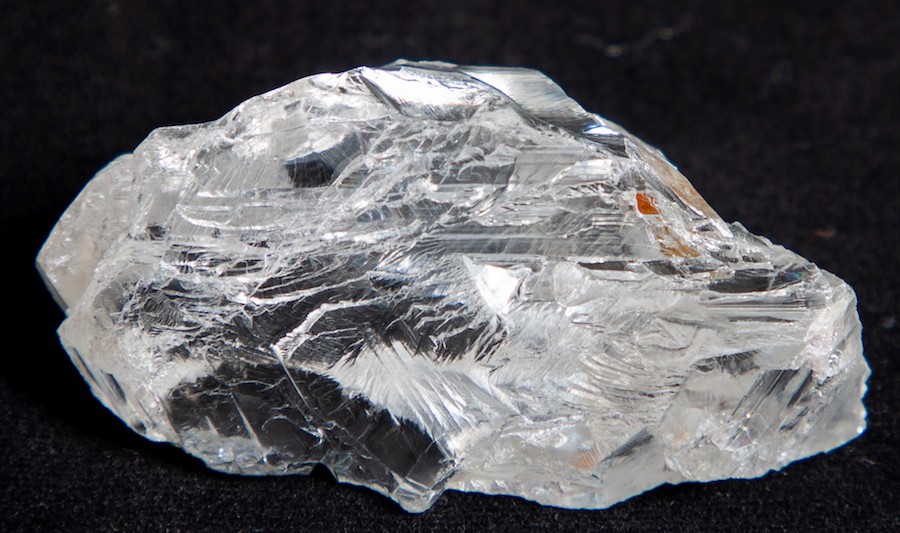Reuters | July 27, 2021 |

Rio Tinto was given permission to blast Juukan Gorge 1 and 2 under Section 18 of the Aboriginal Heritage Act.
(Credit: Puutu Kunti Kurrama And Pinikura Aboriginal Corporation)
The chief executive of the Aboriginal group whose ancient rock shelters Rio Tinto Ltd detonated for an iron ore mine last year is stepping down from the organisation, the group said on Tuesday.

Carol Meredith will leave the role in September to spend more time with family overseas and the search for a new chief executive is underway, the PKKP Aboriginal Corporation, which administers the lands of the Puutu Kunti Kurrama and Pinikura people, said in a statement.
Rio destroyed the rock shelters in Western Australia that showed some of the earliest evidence of Ice Age human habitation dating back 46,000 years, which ultimately cost the chief executive and a suite of others their jobs.
It has pushed firmly into the limelight heritage management practices by Australian states and companies of the world’s oldest continuous culture, with a national inquiry underway and due to report findings towards the end of this year.
TIMELINE- Rio Tinto’s sacred Indigenous caves blast scandal
Meredith said that dealing with the devastation at Juukan Gorge and its aftermath had been extremely challenging and she hoped to finalise improved practices with the miner before she left.
“In the coming weeks I will be working closely with the PKKP Board and our support team as we seek to finalise a co-management of mining model with Rio Tinto,” she said in a statement. “This is a critical and far-reaching step as co-management of mining represents a true partnership which will recognise and support the rights of traditional owners in relation to mining on their lands.”
(By Melanie Burton; Editing by Louise Heavens)
Ex Rio Tinto chief Walsh joins Aboriginal group’s board
Reuters | July 28, 2021 |

Sam Walsh (Image: Screenshot from Rio Tinto video | YouTube.)
Sam Walsh, a former chief executive of Rio Tinto Ltd, has joined the board of an Aboriginal group on whose traditional lands in Western Australia Rio Tinto and BHP Group have operations.

The appointment announced by Banjima Native Title Aboriginal Corporation on Tuesday comes after a particularly fraught period in relations between traditional land owners and Australia’s powerful mining companies.
The outcry over Rio’s destruction of the rock shelters at Juukan Gorge in Western Australia state last year led to a national inquiry and a review of heritage agreements struck between miners and the traditional owners.
Western Australia is expected to revise laws soon to better protect the heritage of the world’s oldest continuous culture.
Walsh held the top job at Rio for three years to 2016. His successor, Jean-Sébastien Jacques, stepped down along with other senior officials in the wake of the Juukan Gorge controversy.
HIS SUCCESSOR, JEAN-SÉBASTIEN JACQUES, STEPPED DOWN ALONG WITH OTHER SENIOR OFFICIALS IN THE WAKE OF THE JUUKAN GORGE CONTROVERSY
“Sam’s extensive experience in the mining sector and demonstrated track history with Aboriginal matters can support us in ensuring mining projects and conversations … benefit Banjima People and our country,” Maitland Parker, Banjima Elder and chairman of BNTAC, said in a statement.
The Banjima group is based in the Pilbara region of Western Australia.
Walsh has director roles at Japan’s Mitsui & Co Ltd, and Ma’aden Mining in Saudi Arabia, is chair of the Accenture Global Mining Council (UK), Gold Corporation in Australia, Perth Diocesan Trust and the western operations of the Royal Flying Doctor Service.
Walsh said he was delighted to join the Banjima board.
“I look forward to working alongside the Banjima Directors and the community’s committees and councils to get the best possible outcomes for the Banjima People.”
(By Melanie Burton; Editing by Simon Cameron-Moore)
The chief executive of the Aboriginal group whose ancient rock shelters Rio Tinto Ltd detonated for an iron ore mine last year is stepping down from the organisation, the group said on Tuesday.

Carol Meredith will leave the role in September to spend more time with family overseas and the search for a new chief executive is underway, the PKKP Aboriginal Corporation, which administers the lands of the Puutu Kunti Kurrama and Pinikura people, said in a statement.
Rio destroyed the rock shelters in Western Australia that showed some of the earliest evidence of Ice Age human habitation dating back 46,000 years, which ultimately cost the chief executive and a suite of others their jobs.
It has pushed firmly into the limelight heritage management practices by Australian states and companies of the world’s oldest continuous culture, with a national inquiry underway and due to report findings towards the end of this year.
TIMELINE- Rio Tinto’s sacred Indigenous caves blast scandal
Meredith said that dealing with the devastation at Juukan Gorge and its aftermath had been extremely challenging and she hoped to finalise improved practices with the miner before she left.
“In the coming weeks I will be working closely with the PKKP Board and our support team as we seek to finalise a co-management of mining model with Rio Tinto,” she said in a statement. “This is a critical and far-reaching step as co-management of mining represents a true partnership which will recognise and support the rights of traditional owners in relation to mining on their lands.”
(By Melanie Burton; Editing by Louise Heavens)
Ex Rio Tinto chief Walsh joins Aboriginal group’s board
Reuters | July 28, 2021 |

Sam Walsh (Image: Screenshot from Rio Tinto video | YouTube.)
Sam Walsh, a former chief executive of Rio Tinto Ltd, has joined the board of an Aboriginal group on whose traditional lands in Western Australia Rio Tinto and BHP Group have operations.

The appointment announced by Banjima Native Title Aboriginal Corporation on Tuesday comes after a particularly fraught period in relations between traditional land owners and Australia’s powerful mining companies.
The outcry over Rio’s destruction of the rock shelters at Juukan Gorge in Western Australia state last year led to a national inquiry and a review of heritage agreements struck between miners and the traditional owners.
Western Australia is expected to revise laws soon to better protect the heritage of the world’s oldest continuous culture.
Walsh held the top job at Rio for three years to 2016. His successor, Jean-Sébastien Jacques, stepped down along with other senior officials in the wake of the Juukan Gorge controversy.
HIS SUCCESSOR, JEAN-SÉBASTIEN JACQUES, STEPPED DOWN ALONG WITH OTHER SENIOR OFFICIALS IN THE WAKE OF THE JUUKAN GORGE CONTROVERSY
“Sam’s extensive experience in the mining sector and demonstrated track history with Aboriginal matters can support us in ensuring mining projects and conversations … benefit Banjima People and our country,” Maitland Parker, Banjima Elder and chairman of BNTAC, said in a statement.
The Banjima group is based in the Pilbara region of Western Australia.
Walsh has director roles at Japan’s Mitsui & Co Ltd, and Ma’aden Mining in Saudi Arabia, is chair of the Accenture Global Mining Council (UK), Gold Corporation in Australia, Perth Diocesan Trust and the western operations of the Royal Flying Doctor Service.
Walsh said he was delighted to join the Banjima board.
“I look forward to working alongside the Banjima Directors and the community’s committees and councils to get the best possible outcomes for the Banjima People.”
(By Melanie Burton; Editing by Simon Cameron-Moore)








